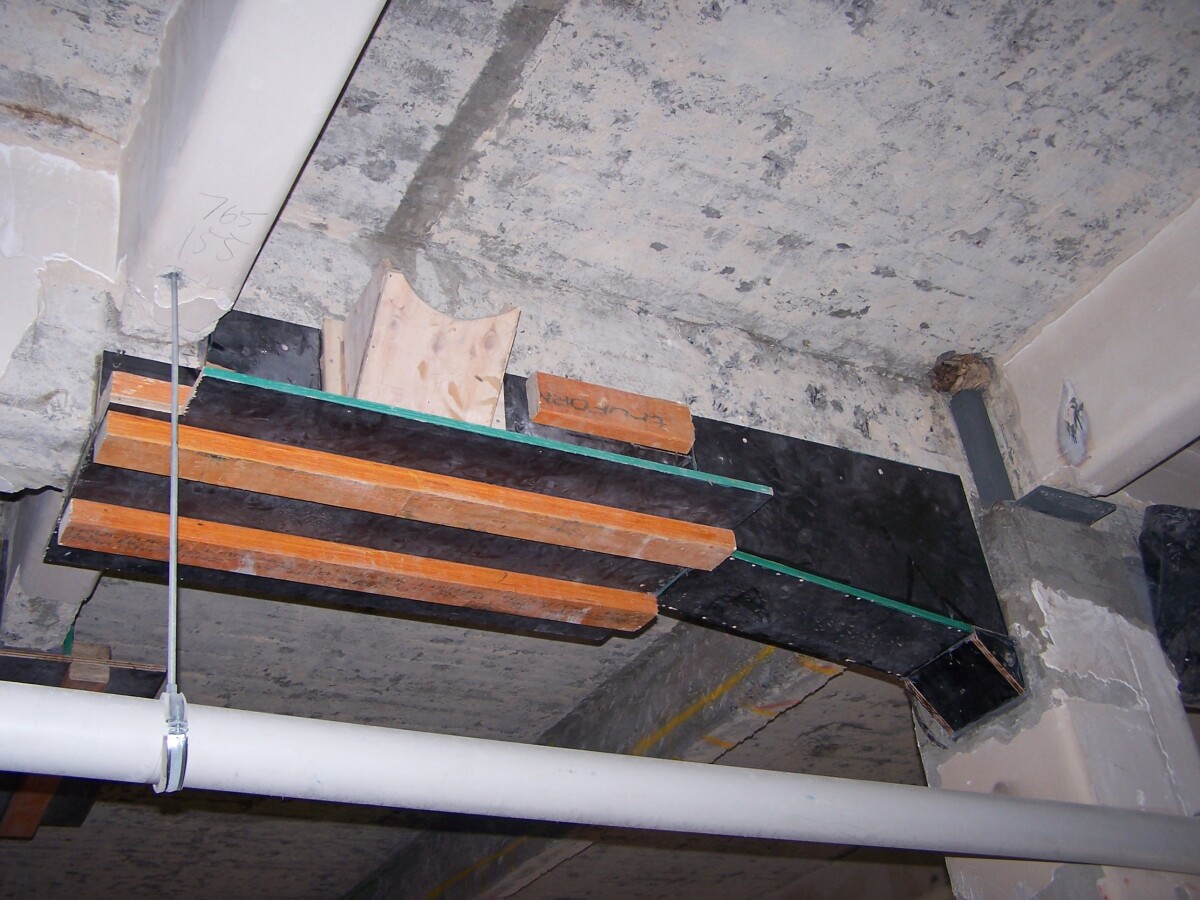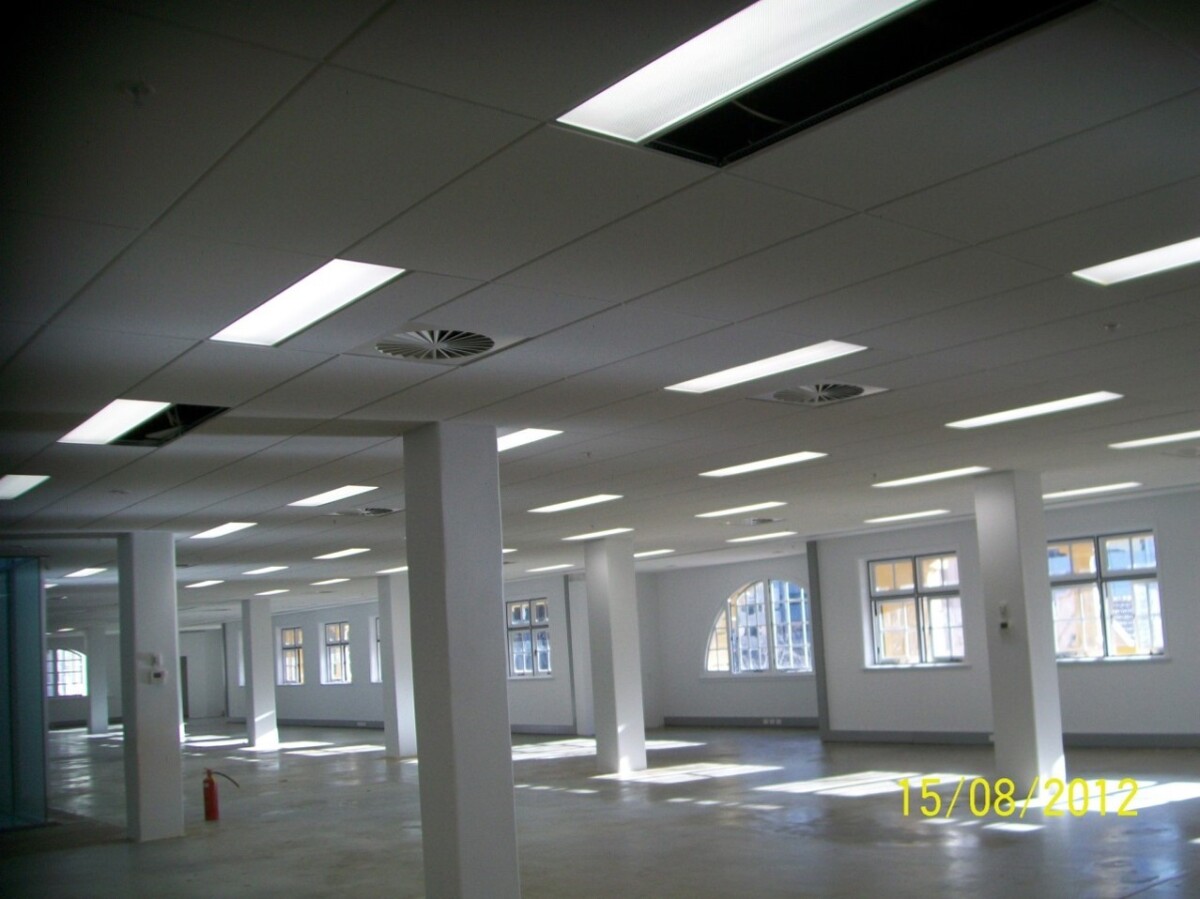726 Hay Street, Perth (Formerly Walsh’s Department Store)
Collaborators : Built, Diploma
Project Value : $18 million
Completed : 2012
Airey Taylor Consulting interdisciplinary strength in structures and materials were key in this consult.
The iconic 1920’s structure at the corner of Hay St and Murray required repair and retrofit of the upper floors to repurpose as a commercial building. We conducted a dilapidation and concrete core sampling survey with laboratory testing establishing that 8000 m2 internal slabs to be fully carbonated and cracked from original shrinkage and restraint; and internal beams below cracks affected by chloride after years of skylight leaks from a 1950’s roof top extension. A façade core survey established external soffits carbonated with some top side chloride damage; protected by render had significant residual life. The work included a desalination trial using an electro-osmotic process.
Concrete repairs are associated with hidden volumes of reinforcement corrosion that have a high cost to remove and remediate. The customary approach of a volumetric rate or classification into categories offers unacceptable uncertainty in large projects to both project owners and contractors alike, without a comprehensive and accurate quantum of repairs. Airey Taylor Consulting’s team in conjunction with an agreed tender representative quantified the extent of remedial concrete repairs with sounding and NDT methods to a higher degree of accuracy, and prepared a concrete repair budget. Provision of indexed remedial drawings and concrete specifications enabled fixed fee tender submissions and enhanced the efficiency and efficacy of construction.
The materials strategy focused upon adaptively re-using the concrete slab structures via an innovative encapsulation approach to avoid demolition or recasting; while specifying traditional concrete façade repairs with elastomeric paints to bridge cracking and contain lead based paints. In addition to crack injection, use of self-healing inorganic crystalline concrete repair and waterproofing materials was used on roof, balconies and as an additive in topping slabs of the internal spaces. This approach gave the owner assurance the history of leaks and would not repeat.
ATC performed Quality Assurance inspections during the works. Structural advice of the role included selection and location of the site craneage and creation of a car parking space in the basement despite limited single laneway access to rear and installation of new escalators.
The works were carried out during full occupancy of the ground floor tenants assisting the Owner to finance the works. The redevelopment of this building has led to a significant increase in permanent tenancies in previously vacant upper floors, and higher rental rates. The ribbon was cut by the State Premier in the opening ceremony (2012).
Dr Anthea Airey of Airey Taylor Consulting created a paper based upon this project for the 2021 biennial national conference of the Concrete Institute of Australia titled Hay Street Art Deco Heritage; Carbonation and Chloride Observations; Restoration and Adaptive Re-Use. The paper provides an economic analysis of the option alongside original research into the site and made a convincing argument about the attractiveness of maintaining current income streams while restoring extending functionality.







